Jason Austin, Moneygall, Co Tipperary
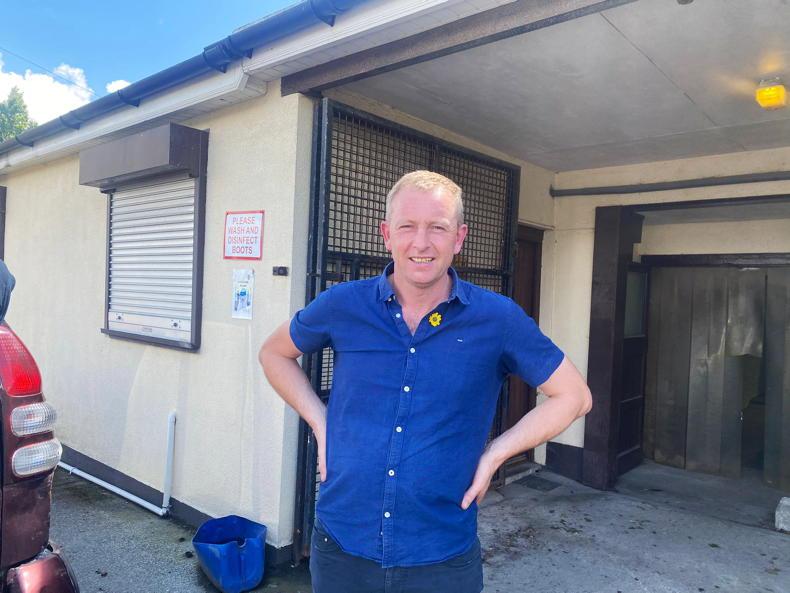
“The dairy farmer will have to keep the calves for longer, I think they should be at least six weeks old and then they’ll be able to travel 18-hour journeys.
“The onus should be on the farmer to keep them until they’re strong enough to go. I brought calves home for my brother this year and they were only two weeks old – they were all sick the next morning but the dairy farmers were mad to get rid of them. I bought calves recently that were six weeks old and they were perfect.
“They’re not able when they’re that young and farmers are just going to have to build extra sheds to accommodate them.”
PJ Lynch,
Killoscully, Newport,
Co Tipperary
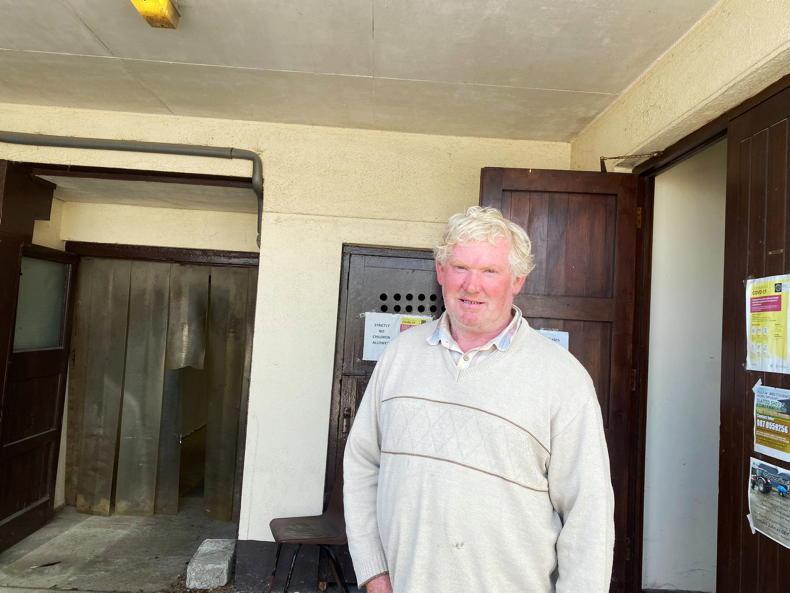
“How you’re going to feed calves on trucks, I don’t know, but they probably should have more stops arranged.
“At the same time, you could have the best calf going – anyone can lose calves. You could see a calf and feed him the finest the night before and the following morning he could have got a pain or a twisted gut and nobody can explain [why they die].
“I sold three dairy calves there today and they made €140, €100 and €180.
“It’s important to give them a good start in life, they got lots of milk and those calves were between three and four weeks old.”
Kieran Brislane, Toomevara,
Co Tipperary, mart worker
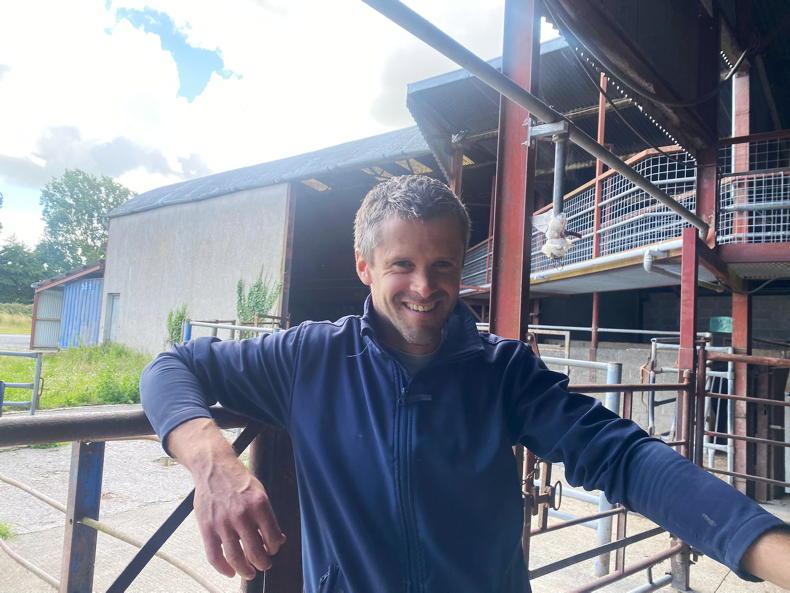
“It doesn’t portray farming in a good light and as a farmer myself you don’t want to see that happening.
“It was hard to watch. If I take cattle to the mart I want to see them handled as best as they can and hopefully the farmer who takes them on treats them well.
“However, those cases on Monday night were isolated cases, it’s not that bad and I do think it was blown out of proportion.
“There were calves here today and they were savage calves and they were well looked after.
“Even here in the mart they put in water troughs that are at calf height and the welfare standards are perfect. We’re doing our best here and I don’t see the mistreatment of calves at any mart.”
Billy Callanan,
Thurles, Co Tipperary

“I work for an exporter and if the calves weren’t happy and arriving OK in the likes of Holland or Spain, they wouldn’t pay for them.
“They showed a calf last night that died and the calf was five months old. I’m going home to look at cattle, they’re there for 12 months and one of them could be dead. That’s nature.
“Calves will have to be older now and that’s no harm. But a lot of dairy farmers will have to mind dairy calves better in the months of March and April.
“They should be at least 17 days old before they come into the mart and well looked after before that.”
Eugene O’Leary,
Wexford dairy
farmer

“[The RTÉ programme] was probably 10% that the farmers need to take responsibility and 90% that the calf haulage need to take responsibility. Once the calf leaves the farmer’s yard they aren’t their responsibility any more. It seemed like farmers were getting slated over something they have no control of. It’s not fair to ruin the reputations of good farmers who are doing it all their lives and wouldn’t dream of hurting animals.”
Seán Sherman, Irish Pedigree Breeders Council chair

Sean Sherman (far left).
“There can be no place for mistreating animals. I don’t see any issue in exposing that or exposing any wrongdoing because it’s not happening inside the farm gate. We need our industry to be regulated, good people need to be rewarded for their good work and I think we need to have the consumers’ confidence in us and we have to play our part in earning that confidence.”
Lawrence Feeney,
IHFA CEO

“Nobody wants to see small calves, or any animal, for that matter, being treated badly. Where those things are happening, we need to address it head on and deal with the problems, let that be collective or individual. I think we need to build on what’s good and address what is bad and deal with the problems so we have consumers that have confidence in us.”
Kevin Downing,
ICBF HerdPlus manager

“No different to anyone else, I found it difficult watching the mistreatment of animals. There was a narrative there that there are dairy male calves that are unwanted or not profitable anymore. The work that we’ve done in ICBF, along with Teagasc, in developing a dairy beef index is a tool that farmers are using, and can use in the future, to ensure that the quality coming out of the dairy herd is enhanced.”
Jason Austin, Moneygall, Co Tipperary

“The dairy farmer will have to keep the calves for longer, I think they should be at least six weeks old and then they’ll be able to travel 18-hour journeys.
“The onus should be on the farmer to keep them until they’re strong enough to go. I brought calves home for my brother this year and they were only two weeks old – they were all sick the next morning but the dairy farmers were mad to get rid of them. I bought calves recently that were six weeks old and they were perfect.
“They’re not able when they’re that young and farmers are just going to have to build extra sheds to accommodate them.”
PJ Lynch,
Killoscully, Newport,
Co Tipperary

“How you’re going to feed calves on trucks, I don’t know, but they probably should have more stops arranged.
“At the same time, you could have the best calf going – anyone can lose calves. You could see a calf and feed him the finest the night before and the following morning he could have got a pain or a twisted gut and nobody can explain [why they die].
“I sold three dairy calves there today and they made €140, €100 and €180.
“It’s important to give them a good start in life, they got lots of milk and those calves were between three and four weeks old.”
Kieran Brislane, Toomevara,
Co Tipperary, mart worker

“It doesn’t portray farming in a good light and as a farmer myself you don’t want to see that happening.
“It was hard to watch. If I take cattle to the mart I want to see them handled as best as they can and hopefully the farmer who takes them on treats them well.
“However, those cases on Monday night were isolated cases, it’s not that bad and I do think it was blown out of proportion.
“There were calves here today and they were savage calves and they were well looked after.
“Even here in the mart they put in water troughs that are at calf height and the welfare standards are perfect. We’re doing our best here and I don’t see the mistreatment of calves at any mart.”
Billy Callanan,
Thurles, Co Tipperary

“I work for an exporter and if the calves weren’t happy and arriving OK in the likes of Holland or Spain, they wouldn’t pay for them.
“They showed a calf last night that died and the calf was five months old. I’m going home to look at cattle, they’re there for 12 months and one of them could be dead. That’s nature.
“Calves will have to be older now and that’s no harm. But a lot of dairy farmers will have to mind dairy calves better in the months of March and April.
“They should be at least 17 days old before they come into the mart and well looked after before that.”
Eugene O’Leary,
Wexford dairy
farmer

“[The RTÉ programme] was probably 10% that the farmers need to take responsibility and 90% that the calf haulage need to take responsibility. Once the calf leaves the farmer’s yard they aren’t their responsibility any more. It seemed like farmers were getting slated over something they have no control of. It’s not fair to ruin the reputations of good farmers who are doing it all their lives and wouldn’t dream of hurting animals.”
Seán Sherman, Irish Pedigree Breeders Council chair

Sean Sherman (far left).
“There can be no place for mistreating animals. I don’t see any issue in exposing that or exposing any wrongdoing because it’s not happening inside the farm gate. We need our industry to be regulated, good people need to be rewarded for their good work and I think we need to have the consumers’ confidence in us and we have to play our part in earning that confidence.”
Lawrence Feeney,
IHFA CEO

“Nobody wants to see small calves, or any animal, for that matter, being treated badly. Where those things are happening, we need to address it head on and deal with the problems, let that be collective or individual. I think we need to build on what’s good and address what is bad and deal with the problems so we have consumers that have confidence in us.”
Kevin Downing,
ICBF HerdPlus manager

“No different to anyone else, I found it difficult watching the mistreatment of animals. There was a narrative there that there are dairy male calves that are unwanted or not profitable anymore. The work that we’ve done in ICBF, along with Teagasc, in developing a dairy beef index is a tool that farmers are using, and can use in the future, to ensure that the quality coming out of the dairy herd is enhanced.”












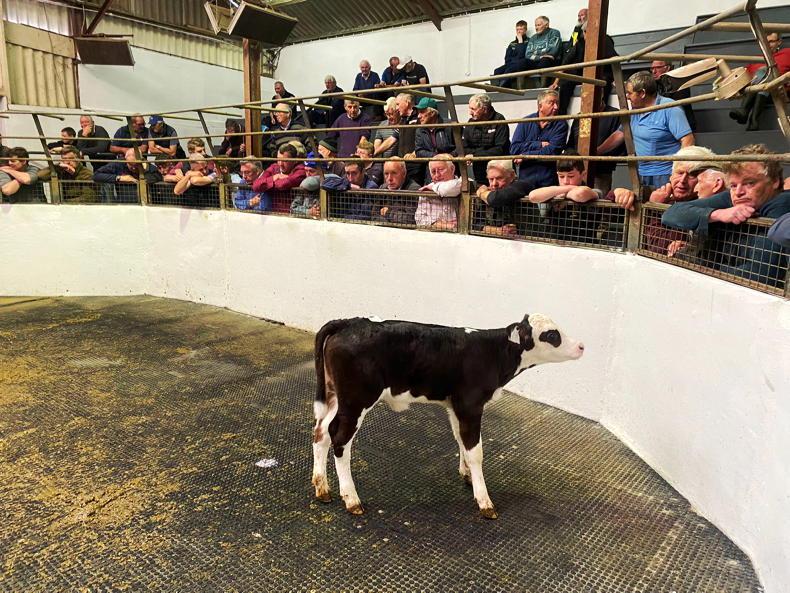
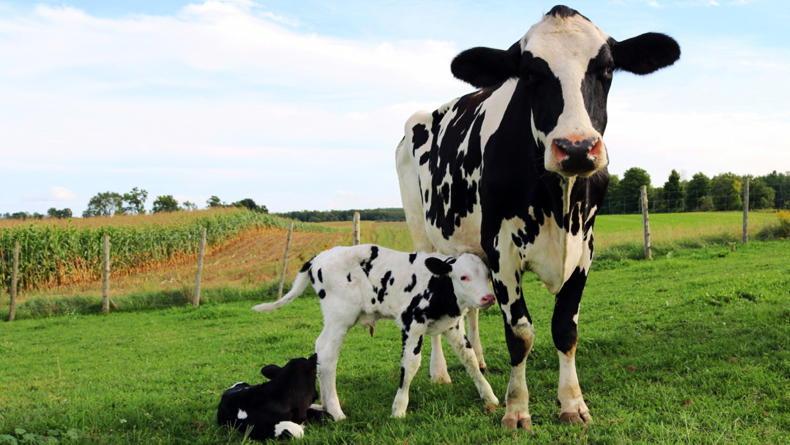
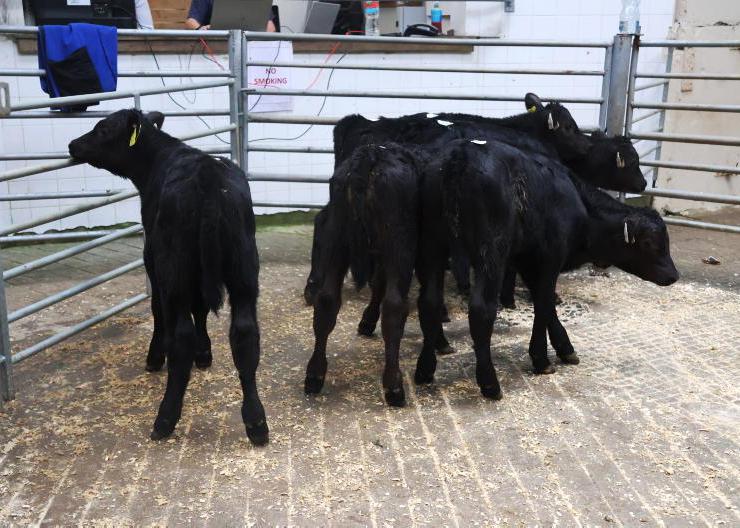
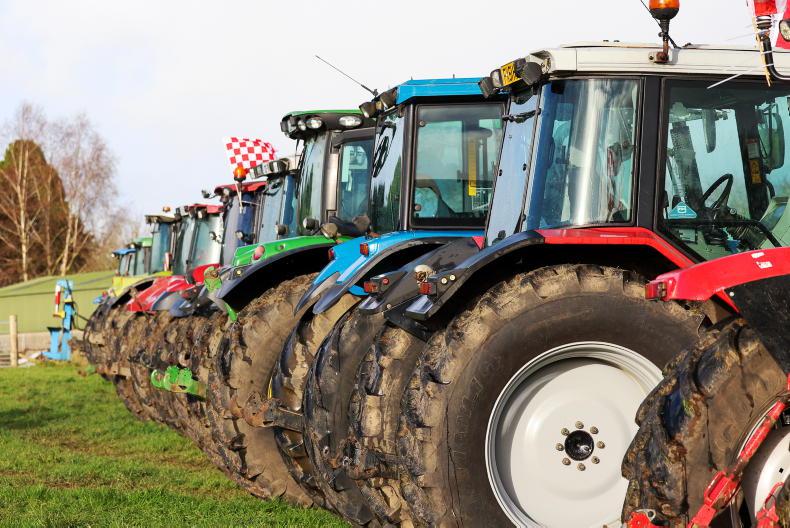
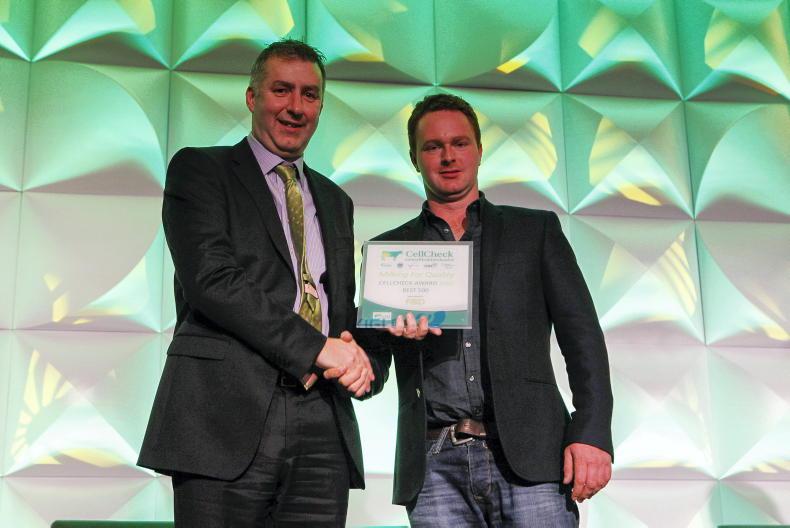
SHARING OPTIONS